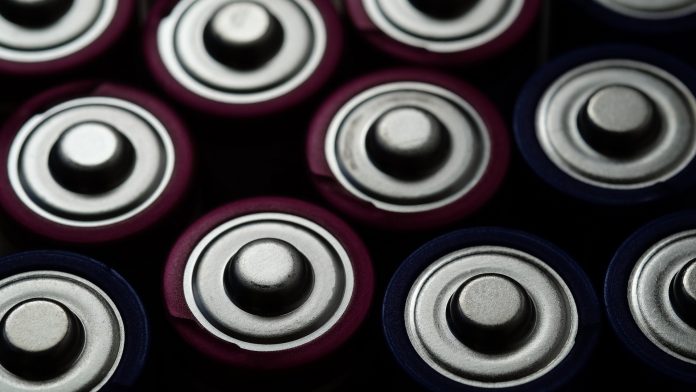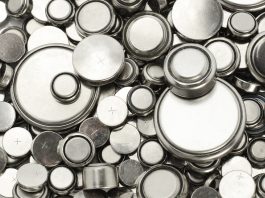Scientists from Tohoku University utilise multivalent cation additives to stabilise lithium or sodium deposits in batteries to produce higher energy-density metal-anode batteries.
Researchers at Tohoku University have discovered a means to stabilise lithium or sodium depositions in rechargeable batteries, helping to keep their metallic structure intact. The discovery prevents potential battery degradation and short-circuiting, paving the way for higher energy-density metal-anode batteries.
What are metal anodes?
Scientists continually seek ways to develop safer, higher-capacity, and faster-charging rechargeable batteries to meet energy demands sustainably. Metal anodes display the highest promise to achieve that goal. Yet the use of alkali metals poses several problems.
Metal anodes are pieces of metals that are utilised in electrochemical processes, such as electroplating, or corrosion protection. A perfect metal anode used within batteries is Lithium (Li). It is an ideal anode material for rechargeable batteries, due to its extremely high theoretical specific capacity (3860 mA h g−1), low density (0.59 g cm−3), and the lowest negative electrochemical potential (−3.040 V verses the standard hydrogen electrode).
Dendrites: The problem with rechargeable batteries
In a rechargeable battery, ions pass from the cathode to the anode when charging, and in the opposite direction when generating power. Repeated deposition and dissolution of metal deforms the structures of lithium and sodium.
Additionally, fluctuations in diffusion and electric fields in the electrolytes – close to the electrode surface – leads to the formation of needle-like microstructures called dendrites. The dendrites are weakly bonded and peel away from the electrodes, resulting in short-circuiting and decreases in cycle capacity.
Creating higher energy-density metal-anode batteries
To solve this problem, a research team, led by Hongyi Li and Tetsu Ichitsubo from Tohoku University’s Institute for Materials Research, added multivalent cations – such as calcium ions – that altered and strengthened the solvation structure of lithium or sodium ions in the electrolyte.
“Our modified structure moderates the reduction of lithium or sodium ions on the electrode surface and enables a stable diffusion and electric field,” explained Dr Li. The stabilised ions, in turn, preserve the structure of the electrodeposited metals.
Details of their research were published in the journal Cell Reports Physical Science on 20 May 2022. Going forward, Li and Ichitsubo are hoping to improve the metal anodes’ interfacial design to further enhance the cycle life and power density of the batteries.









